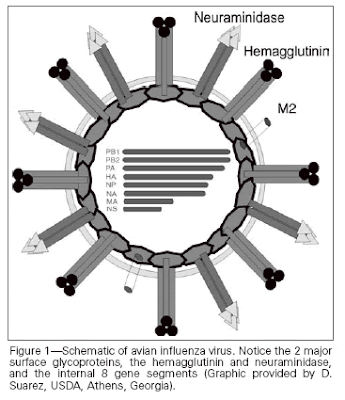
Abstract
Highly pathogenic avian influenza A (HPAI) subtype H5N1 has caused family case clusters, mostly in Southeast Asia, that could be due to human-to-human transmission. Should this virus, or another zoonotic influenza virus, gain the ability of sustained human-to-human transmission, an influenza pandemic could result. We used statistical methods to test whether observed clusters of HPAI (H5N1) illnesses in families in northern Sumatra, Indonesia, and eastern Turkey were due to human-to-human transmission. Given that human-to-human transmission occurs, we estimate the infection secondary attack rates (SARs) and the local basic reproductive number, R0. We find statistical evidence of human-to-human transmission (p = 0.009) in Sumatra but not in Turkey (p = 0.114). For Sumatra, the estimated household SAR was 29% (95% confidence interval [CI] 15%–51%). The estimated lower limit on the local R0 was 1.14 (95% CI 0.61–2.14). Effective HPAI (H5N1) surveillance, containment response, and field evaluation are essential to monitor and contain potential pandemic strains.
-







1 comment:
Nice Blog :)
Post a Comment